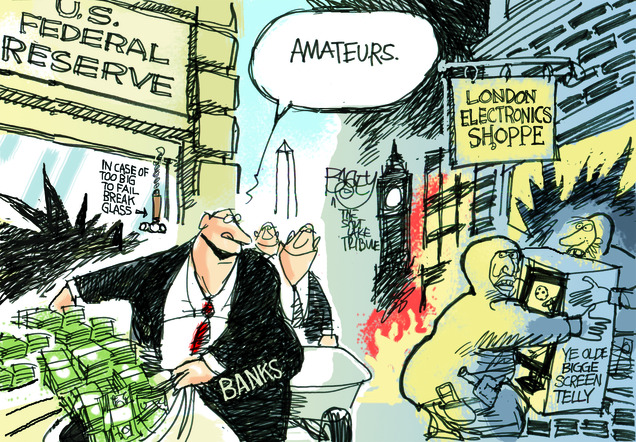
Employment figures were published on Friday, Oct. 9. They were an astonishing surprise for many commentators and a simple confirmation for us — essentially, what we have been talking about for many years.
The participation rate of the labor force went down from 62.6 to 62.4 percent — that is, the lowest number in 40 years — which means that 94.6 million people that should be working are currently unemployed.
Some cynics will brush off this reality by saying that it’s because of the people aged over 60 who do not want to work but are still recorded since there is no statutory retirement age. As usual, this salient argument does not hold much water.
A first glance of the participation rate by age group reveals that the figures are clear.
In 2007, the participation rate of those aged 25 to 54 was the highest (83.4 percent), while it has declined to 80.5 percent today. For those 55 and over, it increases by 1.75 points between 2007 and 2012, and by another point between 2012 and 2015. It simply means that since the financial meltdown, the entire post-2008 generation graduating from universities with considerable (student) debt could not find work, while the retired generation had to find work in order to make ends meet.
Every year, at the beginning of the year, central banks, global organizations, economists, strategists and politicians announce the economic growth and a low unemployment rate, but reality pushes back and systematically shows the opposite.
In 2014, 240,000 jobs were created per month in the U.S., 198,000 in 2015, but even with extreme good will, I find it hard to see the growth in these figures!
It is also interesting to analyze the quality of the jobs created, something that could give us an idea of the salaries they offer, as well as to reach conclusions about the growth potential of the gross domestic product, two-thirds of which, may I remind you, is made up of household consumption in Western countries.
Since January 2008, the U.S. economy has lost 1.4 million jobs in the industrial and manufacturing sector and has created 1.5 million bartending and waiting jobs, which are mainly precarious, part-time and low-paid.
Another point: Part-time employment has never been so high. Since November 2007, the U.S. economy has lost 822,000 full-time jobs and put 17.724 million people on a part-time employment cycle.
Last points to highlight on this report on September employment:
– The number of hours worked has decreased from 34.6 to 34.5 hours per week, and the weekly average wage has declined by 0.3 percent. Do you feel the U.S. economy picking up?!
– There was a downward shift in job creation in August (by 37,000) and July (by 22,000), followed by the meager September figure of 118,000 jobs created — an average of 167,000 against 231,000 in the three preceding months. Do you feel the acceleration … how overwhelming!
All figures are taken from the Bureau of Labor Statistics, ergo, an official source.
First of all, all these parameters imply that growth is not about to pick up and that the only readily verifiable acceleration is downward, and second, we are still in a deflationary cycle that is going to last.
We are in a similar situation to Japan, but ours is a lot more worrying since it is global, and for that, we can thank the most dangerous economic terrorist out there, Mr. Paul Krugman — winner of the Nobel Prize in Economics — whose good advice is being followed by all central bankers worldwide.
His recipe is simple, nay, simplistic, but mostly foolish: zero rates, printing money, limitless indebtedness.
The consequences of such monetary policy are genocidal, and you can blindly trust the incompetent politicians who rule us to smoothly manage the coming crisis.
We tried to warn you.
Alea jacta est. (The die is cast.)

Leave a Reply
You must be logged in to post a comment.